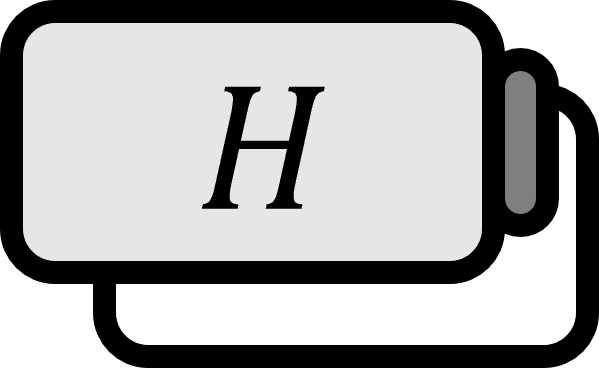Hilbert Space Frames
Definition1
A sequence $\left\{ \mathbf{v}_{k} \right\}_{k \in \mathbb{N}}$ in a Hilbert space $H$ is called a frame if there exists a $A,B > 0$ satisfying the following, and especially when $A = B$, this frame is said to be tight.
$$ A \left\| \mathbf{v} \right\|^{2} \le \sum_{k \in \mathbb{N}} \left| \left\langle \mathbf{v} , \mathbf{v}_{k} \right\rangle \right|^{2} \le B \left\| \mathbf{v} \right\|^{2} \qquad , \forall \mathbf{v} \in H $$
Explanation
Unlike Bessel sequences, frames have an existing $A$ that bounds $\mathbf{v}$ from above and below. In particular, if $\left\{ \mathbf{v}_{k} \right\}_{k \in \mathbb{N}}$ is a normal orthogonal basis of $H$, then it is equivalent to being a tight frame with $A=B=1$.
Equivalence conditions of normal orthogonal basis: Let us say $H$ is a Hilbert space. The following are all equivalent regarding the normal orthogonal system $\left\{ \mathbf{e}_{k} \right\}_{k \in \mathbb{N}} \subset H$ of $H$.
- (i): $\left\{ \mathbf{e}_{k} \right\}_{k \in \mathbb{N}} \subset H$ is a normal orthogonal basis of $H$.
- (iv): For all $\mathbf{x}\in H$, $$ \sum_{k \in \mathbb{N}} \left| \langle \mathbf{x}, \mathbf{e}_{k} \rangle \right|^{2} = \left\| \mathbf{x}\right\|^{2} $$
Ole Christensen, Functions, Spaces, and Expansions: Mathematical Tools in Physics and Engineering (2010), p84-85 ↩︎
